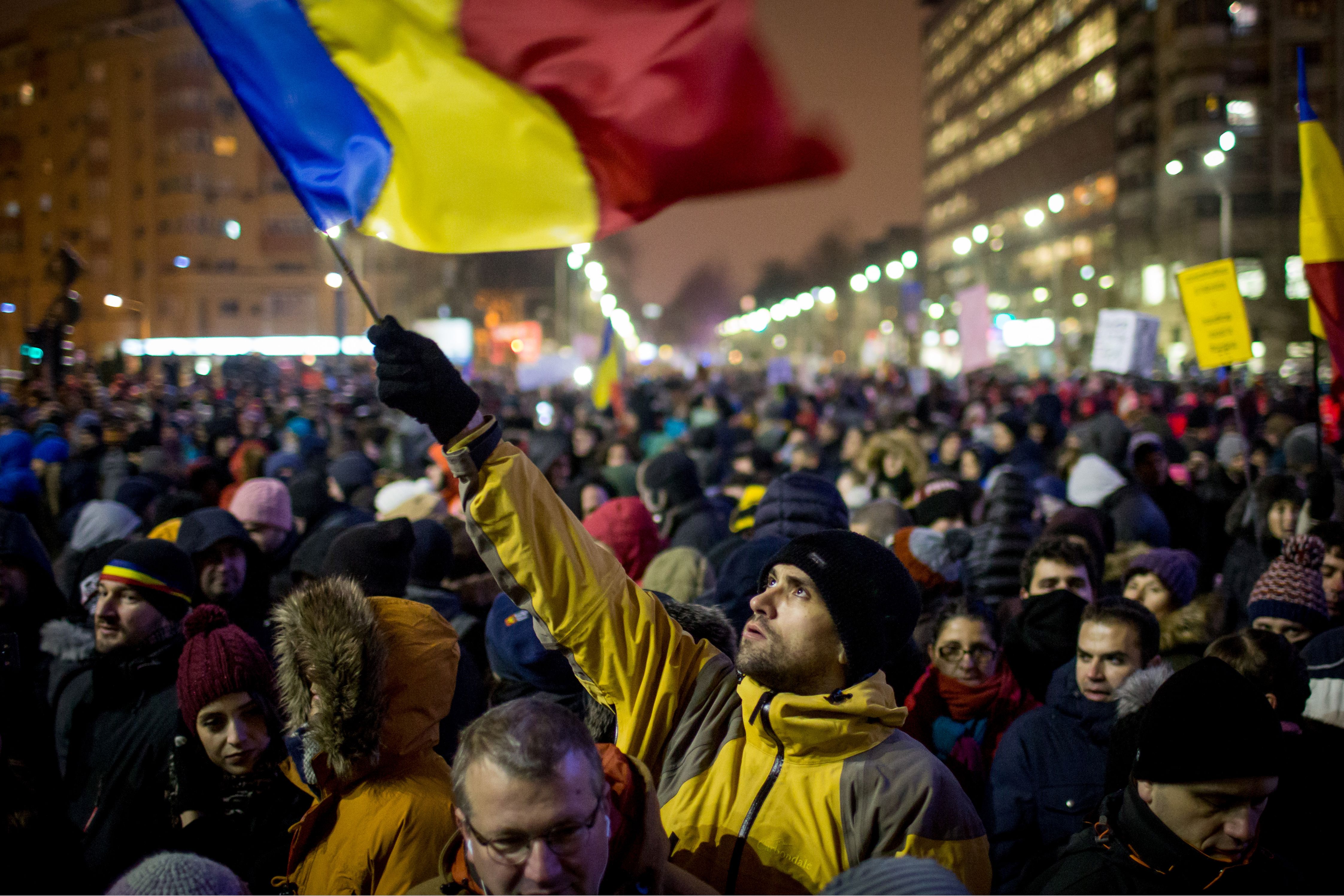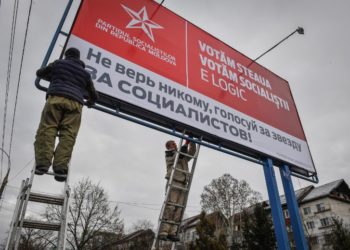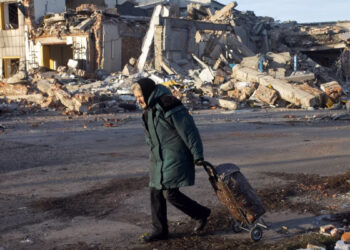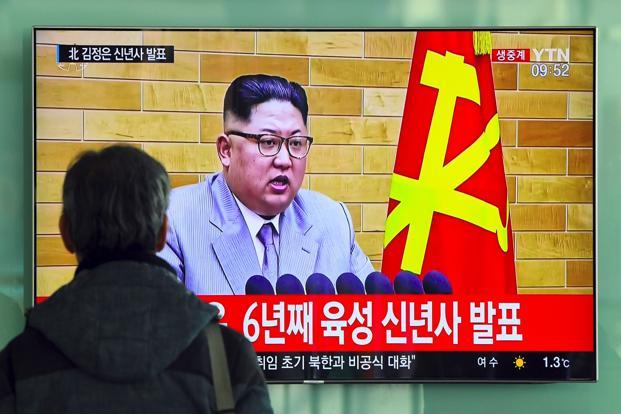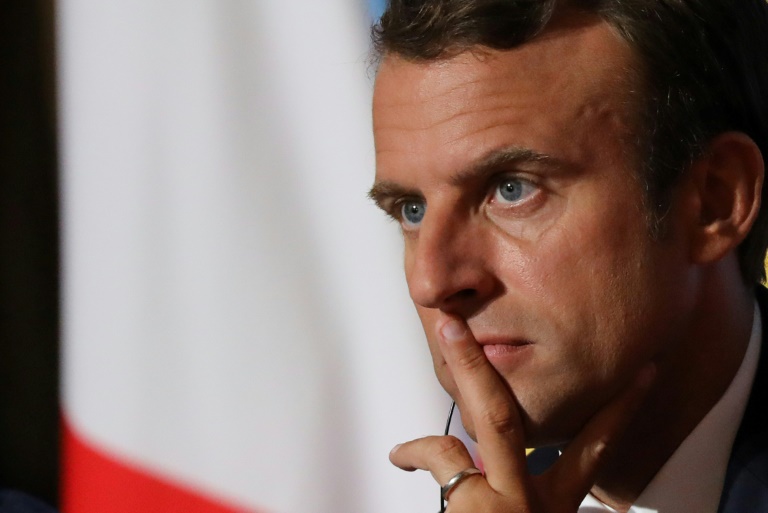The Moscow stock exchange ended 2021 in fine form: a record number of companies were listing their shares, foreign money was flowing in and ordinary Russians were keen on investing.
Everything changed after Moscow sent troops into Ukraine on February 24.
The market crashed as indices tumbled 30 percent and was closed the next day, putting it under a dark cloud and leaving investors out in the cold.
It is due to reopen on Monday even as the Ukraine conflict drags on and Western sanctions throttle the Russian economy.
Meanwhile, ordinary Russians who had jumped on the stocks bandwagon have seen their investments frozen and are likely to suffer huge losses while the ruble has fallen dramatically in value.
“I’m completely frustrated,” said Anna Meshchanova, a 30-year-old graphic artist. “I don’t know what to do.”
She began to invest in the stock market three years ago after having stumbled upon a financial blog.
“I thought it was important to have a financial airbag and retirement savings as there is no guarantee the state will pay a good pension,” Meshchanova told AFP.
She stepped up investing during the pandemic, putting 10,000 rubles per month (around $150 at the time but $90 now) into Russian and US stocks.
Meshchanova said she considers her Russian investments “already lost” and estimates her losses will stand at $4,500 when the exchange reopens.
She is considering whether to transfer her US shares, held by a Russian broker, to an international one.
Investor influx
Russian banks and stock exchanges had been working for years to attract investors, rolling out new mobile apps to make it easier for them to dabble in stocks. Financial blogs and podcasts flourished.
“In 2021, we experienced an enormous inflow of individual investors into the stock exchanges, both the one in Moscow and Saint Petersburg,” said Alexander Saiganov, head of analysis at Invest Heroes, a Moscow-based company which provides investors with news and analysis.
“This trend started in 2019 when brokers simplified their procedures for investors,” he added.
The number of retail investors grew to more than 15 million in 2021 compared to between two and three million in 2018.
Last year, a post-pandemic boom in investing helped drive up trade volume on the Moscow exchange to record levels and six new share listings took place.
But already in October the growing geopolitical tensions that led up the conflict in Ukraine began to weigh on Russian share prices and the inflow of investments began to slow.
Nevertheless, at the end of the year, the Moscow exchange unveiled new services to attract additional investors, hoping to boost the number of retail investors to 25 million this year.
“We are not only a stock exchange but a technology company,” said the stock exchange’s director of sales and development Igor Marich.
‘Completely unprotected’
Despite calling the February 24 crash unprecedented, analyst Saiganov remained optimistic.
“The Russian market will survive and it may even receive a boost,” he said.
“For many it will be a way to protect their ruble savings against inflation,” which rose above nine percent on an annual basis in February.
Analysts expect inflation to surge even higher in the coming months as the ruble’s collapse feeds through into prices for imported goods.
Evgeny Malykhin, head of the Russian investment group Aton, recommends his Russian clients invest in gold, foreign currencies with high liquidity and, once the stock exchange reopens, in firms which are major exporters.
The reopening of the stock exchange depends on approval from the central bank. It is expected to be done gradually over several days, with trading in bonds and then stocks.
Meshchanova, the graphic designer, said she would try keep a little bit of cash on hand in foreign currencies.
“Until February 24 I was sure money in my bank or investment account would always be there to help me,” she said.
“But I was wrong,” she added. “I understand that I am now completely unprotected.”




